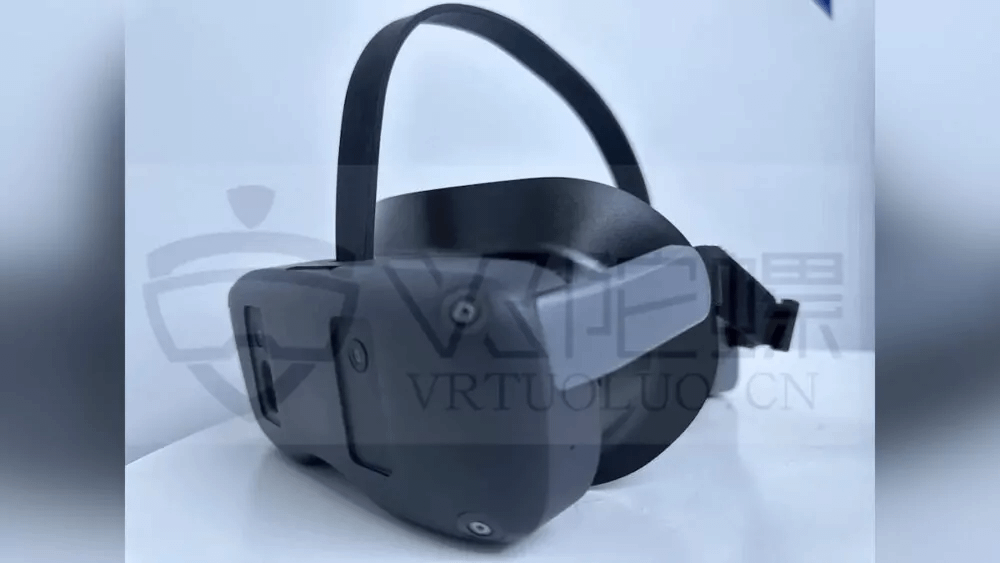

In a recent turn of events, images and specifications of Samsung's highly anticipated XR headset have surfaced, providing an intriguing glimpse into the company's foray into the mixed reality space. These leaks have drawn attention due to their potential to challenge the competition, notably the Apple Vision Pro, in terms of innovation and functionality.
The XR headset leak comes on the heels of Samsung's announcement at the Samsung Unpacked event in February 2023 that it was actively working on an extended reality (XR) headset. While details were initially scarce, the latest leaked information paints a clearer picture of what Samsung has in store for its XR venture.
The leaked images, which were originally published on a Chinese tech site Vrtuoluo, showcased a prototype XR headset that appears to be distinct from its competitors. Notably, the images reveal a design that deviates from the conventional VR headset appearance, hinting that Samsung's focus may not solely be on aesthetics. However, the original report containing these images and specifications has since been removed, raising questions about the accuracy of the leak.
A notable feature of the leaked prototype is its four outward-facing tracking cameras positioned on the corners, a design reminiscent of the Meta Quest 2. This configuration suggests robust positional tracking capabilities, a crucial element for an immersive mixed reality experience.
Additionally, the headset boasts dual RGB cameras, enabling color pass-through, and a depth sensor for accurate hand and environmental tracking. These features align with Samsung's commitment to enhancing user interaction within the XR environment.
Unlike some of its competitors, Samsung's prototype does not seem to include dedicated motion controllers. Instead, it appears to heavily rely on innovative hand and eye-tracking inputs, drawing parallels to the technology showcased by the Apple Vision Pro. This design choice could potentially offer users a more intuitive and seamless way to interact with the XR environment.
The leaked details indicate that the Samsung XR headset is powered by a Samsung Exynos 2200 chip, a departure from the Qualcomm XR chipset commonly seen in similar devices. While the Exynos 2200 offers enhanced processing capabilities compared to its predecessors, concerns have been raised regarding its power consumption and thermal performance. Samsung's optimization of this chip for extended XR workloads remains a point of interest.
As the leaked information continues to fuel speculation, industry observers have pointed out that Samsung appears to be targeting a competitive pricing strategy for its XR headset. Estimates place the potential consumer version within the range of $1,000 to $2,000, significantly undercutting the price of the Apple Vision Pro, which is priced at $3,500. However, it is important to approach these figures with a degree of skepticism, given the prototype nature of the leaked information.
Samsung's venture into the XR space is not without challenges. Reports from South Korea suggest that the company has revisited its launch plans after the unveiling of the Apple Vision Pro, indicating a desire to refine and enhance its offering to better compete in the market. This could lead to further refinements and adjustments to the prototype's features and specifications before its official release, which is rumored to be targeted for mid-2024.
While the leaked details provide valuable insights into Samsung's ambitious XR headset project, it is important to note that specifications and features may evolve before the final product reaches consumers.